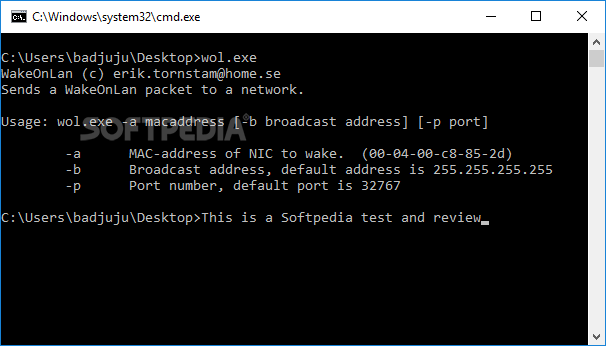

07:04:21,899 2756 - Registering new command 'upgrade' in assembly 'choco' 07:04:21,885 2756 - Registering new command 'templates' in assembly 'choco' 07:04:21,602 2756 - Adding new type 'SystemStateValidation' for type 'IValidation' from assembly 'choco' 07:04:21,587 2756 - Adding new type 'RubyGemsService' for type 'ISourceRunner' from assembly 'choco' 07:04:21,587 2756 - Adding new type 'PythonService' for type 'ISourceRunner' from assembly 'choco' 07:04:21,587 2756 - Adding new type 'CygwinService' for type 'ISourceRunner' from assembly 'choco' 07:04:21,572 2756 - Adding new type 'WindowsFeatureService' for type 'ISourceRunner' from assembly 'choco' 07:04:21,572 2756 - Adding new type 'WebPiService' for type 'ISourceRunner' from assembly 'choco' Its outdated UI design could use an overhaul, too.07:04:21,399 2756 - XmlConfiguration is now operational The second is that its features only work on wired connections, with all PCs connected to the same network. First, there will be some instances where you need to enable the Wake On Lan feature from your BIOS settings first before doing it on your network properties. Some things to take note of before you start using this program. The third can be done from your command line terminal using specific parameters. The second is via the right-click menu or by pressing the F8 key. The first one is to select one and click on the "wake all selected computers" button. There are three ways to turn on computers. You first need to enable the Wake On Lan feature via the network card properties. The user interface shows all machines and provides information about them, including local IP address, computer name, MAC address, and network adapter information & status. This list can be used to selectively turn on computers later on as needed. When you first start it up, it will automatically scan and detect all connected devices on a particular network, collects their network addresses, and saves them to a file.


 0 kommentar(er)
0 kommentar(er)
